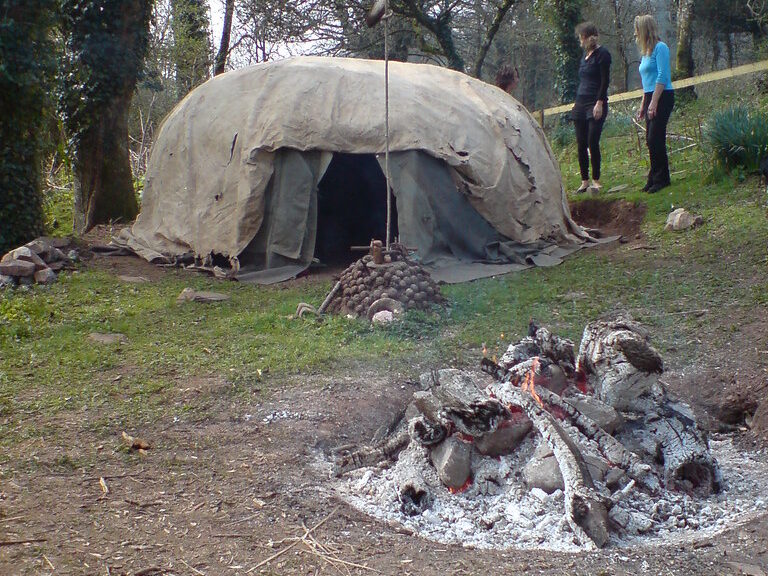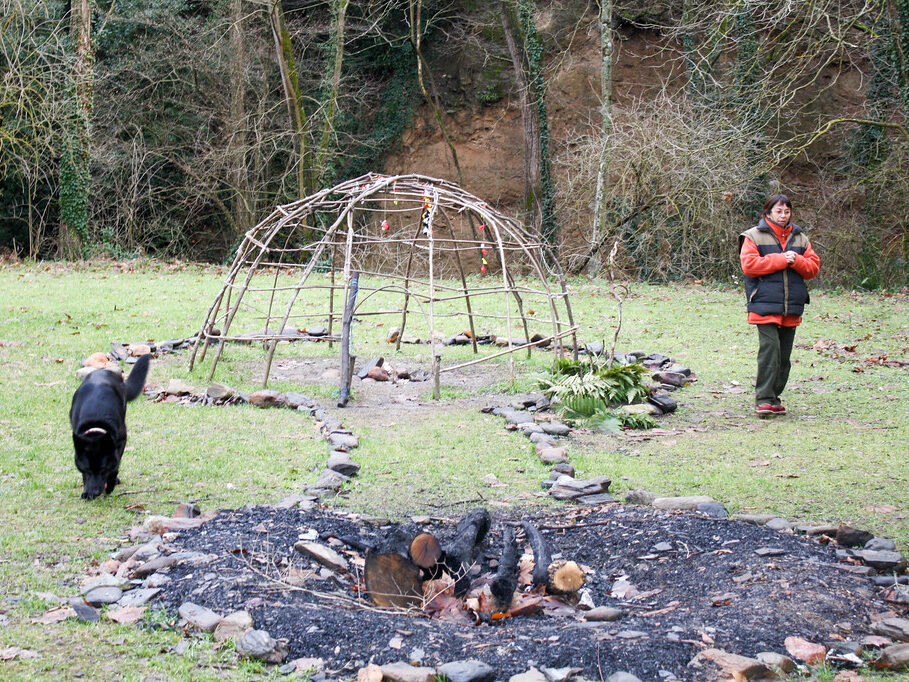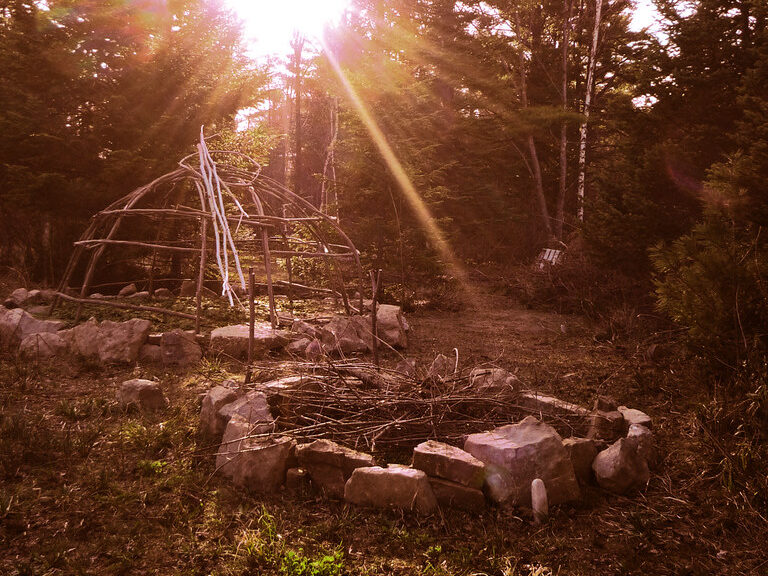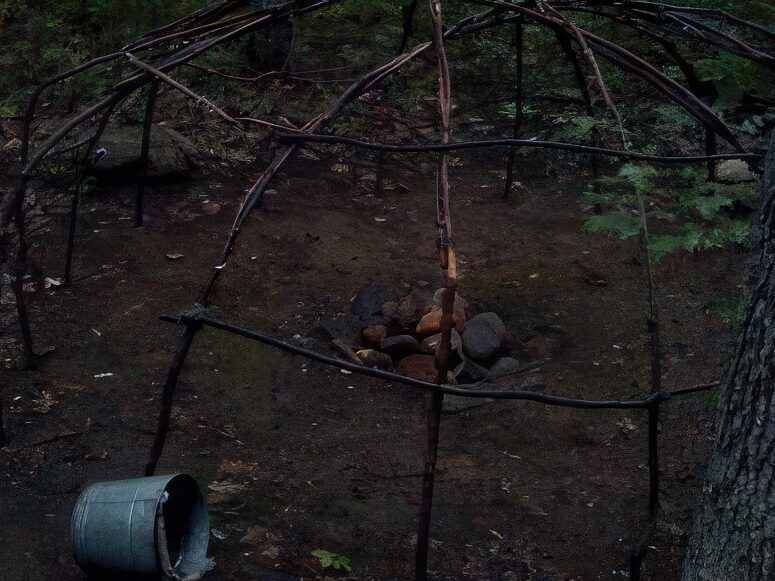For millennia, diverse cultures across the globe have turned to ritual sweat baths as a cornerstone of physical and spiritual wellness.
One of the most profound expressions of this tradition is found within the Native American practice at the Sundance, offering participants a deep, purifying experience in the form of a traditional sweat lodge.
This sacred ritual, known as Inipi, is not just about cleansing the body but also rejuvenating the spirit.
Historical Significance
The Inipi, or sweat lodge, is a ceremony steeped in the traditions of the Lakota people, specifically following the teachings passed down from the White Buffalo Calf Woman.
According to Lakota legend, the White Buffalo Calf Woman was a sacred figure who brought the Lakota people their “Seven Sacred Rites,” among which the Inipi ceremony is a crucial element.
The practice has been preserved through generations, retaining its spiritual significance and communal importance.
The Structure of the Sweat Lodge
Typically, the sweat lodge is a dome-shaped structure, ingeniously constructed from natural materials like willow branches and covered with blankets and animal skins to retain heat. At the center of this humble edifice lies a pit, where stones, heated in an external fire, are placed. Water is periodically poured over these hot stones to produce steam, which fills the lodge and aids in the participants’ purification process.
Spiritual and Physical Purification
Participation in an Inipi ceremony involves more than enduring the physical intensity of heat and steam. It is a spiritual journey that guides individuals through a process of renewal and healing. Each phase of the ceremony is designed to symbolize and enact a deeper cleansing and connection to the spiritual world, facilitated by prayers, songs, and meditative silence that punctuates the ritual.
The Role in Sundance
Within the context of the Sundance, the sweat lodge ceremony plays a vital role. It is often conducted before the Sundance itself, preparing the participants physically, mentally, and spiritually for the rigors and spiritual significance of the dance. The sweat lodge acts as a purification lodge, ensuring that those who partake in the Sundance are cleansed from impurities and are spiritually aligned to engage with the ceremony with respect and sincerity.
Cultural Preservation and Participation
The Inipi ceremony is a powerful link to the past, yet it is vitally relevant in the contemporary world, addressing spiritual and physical needs that are often neglected in modern society. For the Lakota and other Native American communities, ensuring the integrity and respect of this tradition are paramount. Participation in the sweat lodge is open to those who seek to understand and respect its significance, contributing to the preservation of a tradition that has supported the health and spiritual life of the Lakota people for generations.
Conclusion
The sweat lodge ceremony is a profound testament to the wisdom of traditional practices in promoting health and spiritual well-being. As part of the Sundance, it helps maintain a living connection to the sacred traditions of the Lakota, offering a space for renewal and reflection that is as important today as it was hundreds of years ago. For those who participate, it is a journey of purification, a physical and spiritual cleanse that prepares one for life’s challenges and renews their connection to the earth and the broader universe.
A study published in the American Indian and Alaska Native Mental Health Research journal, explores the profound benefits of the Sweat Lodge ceremony on physical, mental, emotional, and spiritual domains of participants. This research highlights the significant role traditional healing practices play in improving well-being among First Nations people and underscores the ceremony's effectiveness in fostering spiritual and emotional growth
The Impact of the Sweat Lodge Ceremony on Dimensions of Well-BeingNecils Lopez Tweet






